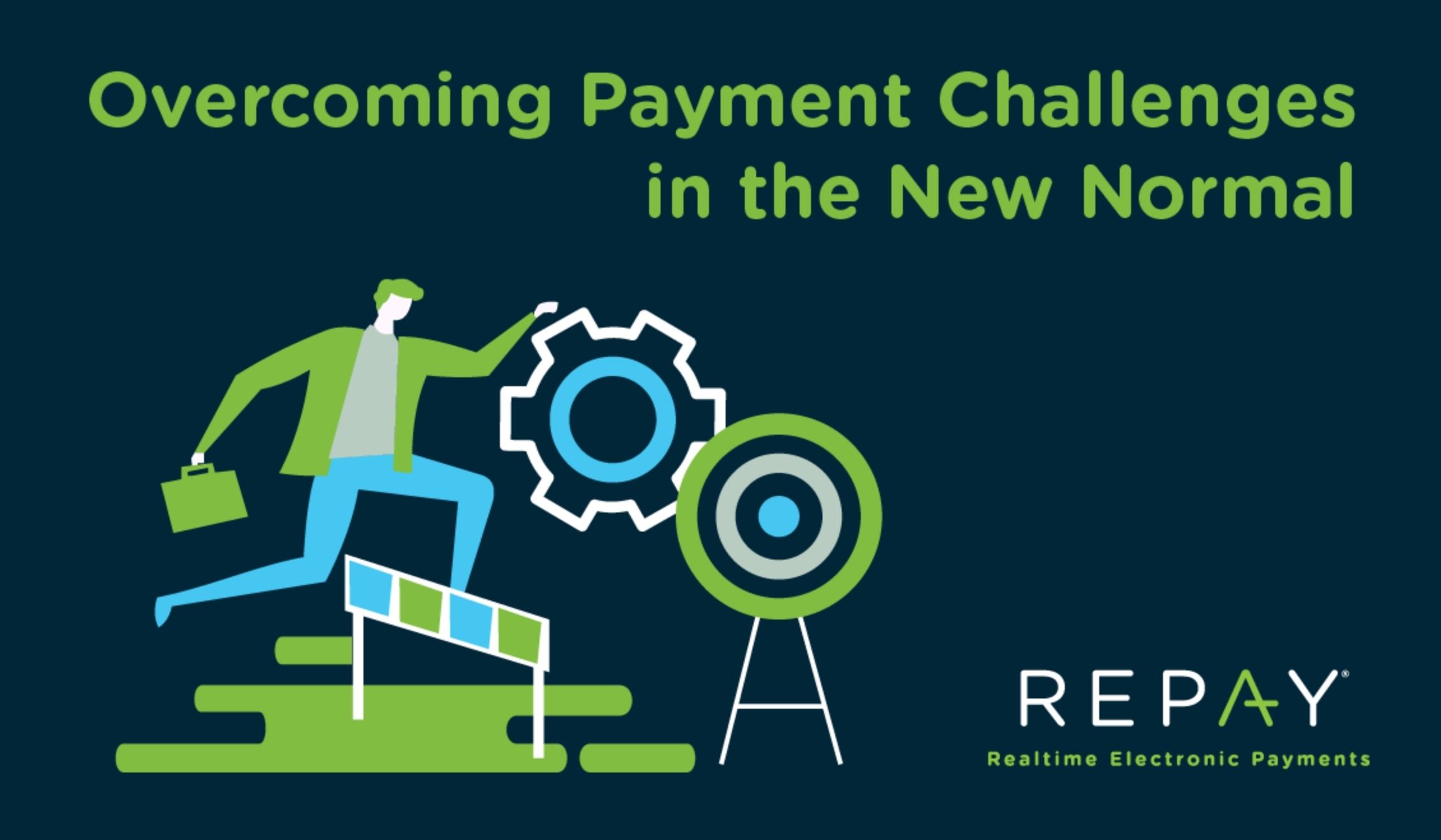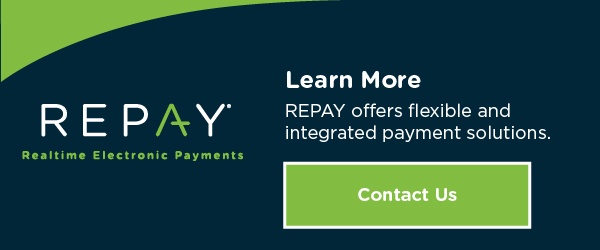It’s Not Just You – Businesses Across the Globe Are Reporting Recent Payment Challenges
Buyers and suppliers in 2020 face a new, unprecedented environment. Due to widespread shutdowns and work from home (WFH) operations, the use of electronic purchasing and payment methods is skyrocketing. Many companies are struggling to adjust to the new normal.
Payment challenges are surprisingly one of the larger hurdles that suppliers and vendors of all sizes must overcome, due to unexpected and sudden changes in the way business is now conducted. Consumers and clients now demand contactless payment methods for in-person transactions, while an overloaded postal system have made traditional, paper-based A/R processing methods frustratingly slow.
Check out the list below and see if any of these payment challenges sound familiar to you.
Problem: a new, cashless society
The W.H.O. recommends contactless and cashless payment methods whenever possible to slow or stop the spread of COVID-19 – and the U.S. has even quarantine cash reserves during the crisis. In response to these recommendations and precautions, even the most traditional B2B and B2C customers have abruptly changed their purchasing expectations and habits, demanding contactless payments for many situations.“
Contactless payments” leverage RFID or mobile technology to enable in-person payments that don’t require handing over cash and checks or dipping/swiping cards. By simply opening an app on their phone, or waving their card over a reader, customers and clients can make payments while keeping their cards COVID-safe."
In addition, B2B eCommerce has been experiencing a large increase in transactions. This necessitates the use of easy-to-manage, online payment solutions, including ones with built-in AI and Machine Learning capabilities that can help detect and prevent fraud.
Solution:
To meet consumer or client expectations and overcome payment challenges in the new normal, your company must evaluate your current payment processes and find ways to digitize for a touch-free, eCommerce-ready experience.
Problem: a heavy reliance on checks
Many B2B organizations (and B2C as well) still rely on lockboxes to receive check payments. If that’s the payment method you’ve been using, you already know that lockboxes result in lengthy payment cycles and take too much manual data entry.
With the load being placed on the US Postal Service right now, wait times for check-based payments are longer – which results in delayed reconciliation and significantly reduced cash flow for you.
Solution:
Though you can now choose lockbox services that digitize the process to somewhat speed reconciliation, most business leaders find that it’s far faster and easier to switch to eCheck integration or ACH processing. This affordable payment method empowers customers and clients to securely enter their check information online, helping you get paid faster. Pairing ACH/eCheck processing with electronic invoicing can eliminate frustrating postal delays entirely.
Problem: a need for tighter cash flow management
A recent Payments Journal article states that “unpaid invoices have shot up since lockdown measures went into effect” and that the rate of unpaid invoices has reached +23% to +80% in various countries. The article goes on to clarify that “the economic fallout for business correlates closely with the development of the pandemic.”
Unfortunately, unpaid invoices extend back to the pre-COVID time period; the current coronavirus simply accelerated already-existing trends.
In a Paystream survey conducted a few years ago, financial professionals were asked to rank their most important A/R challenges. The survey showed that:
- 87% of respondents reported that reducing DSO (Days Sales Outstanding) was their most important challenge; and
- 84% noted that reducing portfolio risk was a critical challenge
Payment challenges like these have resulted in the need for tighter cash flow management for many companies. This can be achieved through credit card and ACH payment processing solutions that feature next-day funding and lowered, Level 3 processing rates.
Solution:
Companies can achieve increased cash savings and better cash flow by choosing to integrate their eCommerce and ERP (or accounting software) with an easy-to-learn and -use payment solution, which improves overall company efficiency and increases time savings. For even greater efficiency, organizations can choose to set up a self-service customer payment portal, which frees up additional staff time to focus on strategic matters instead of routine data entry.
According to a recent poll conducted by CPAacademy, 54% of poll respondents acknowledged that they did not have a customer portal in place, making this a great area for companies to start tackling cash savings and improving cash flow immediately.
Overcome Today’s Payment Challenges with an Advanced Payment Solution
Fortunately, it’s now easier than ever to accept credit cards and checks online, and to succeed with contactless payments. Using modern, digital automation tools in today’s leading advanced payment solutions can help you quickly, easily, and affordably overcome payment challenges.
REPAY has been a trusted, integrated payment solution provider helping to guide clients through the confusing world of payments. As credit card industry experts, REPAY helps clients understand their statements, take advantage of the lowest credit card processing rates, and improve cash flow – quickly, easily, and hassle-free.
Get in touch with one of the REPAY payment processing experts today, so you can start overcoming your payment challenges immediately.

